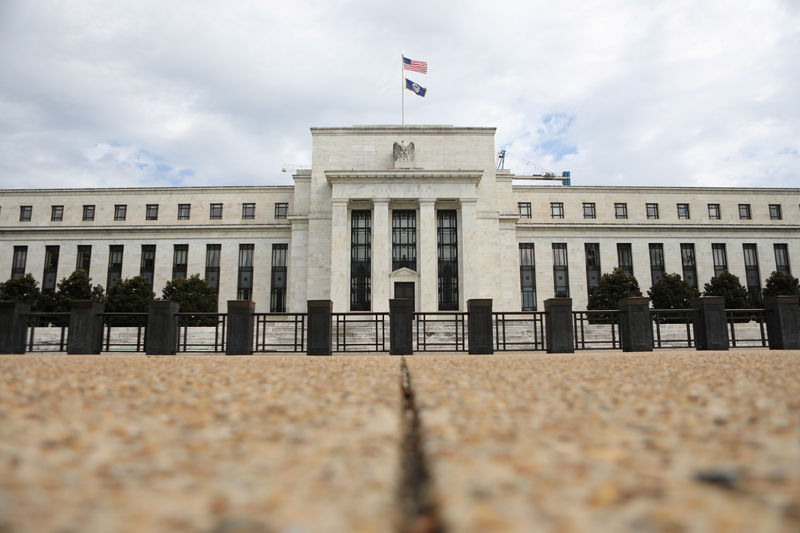(Bloomberg) -- In the U.S. Navy in the 1950s, Dan Fuss learned a maxim he still finds useful to this day while navigating pandemic markets: “Don’t sail close to the reef unless you have to.”
It’s why the legendary bond investor and former Navy signal officer remains wary of collateralized loan obligations even as prices start to recover. The bonds, which pool loans to many small, private borrowers, are not far from the lingering malaise on Main Street.
In an interview, the 86-year-old vice chairman of Boston-based Loomis Sayles & Co. said he’s keeping his funds as liquid as possible, favoring Treasuries and investment-grade rated corporate bonds.
“Default odds are rising as more small and mid-sized businesses close down,” Fuss said. “I don’t think current prices reflect this. We don’t own any CLOs in accounts that I manage.”
A global credit rally fueled by unprecedented stimulus and zero-rate policies has pushed investors to pursue yields in ever riskier realms. While that’s boosting CLOs and the loans that underpin them, the S&P/LSTA Leveraged Loan Price Index is down 3.1% this year while similarly-rated high-yield bonds have erased pandemic losses.
Bonds of course are benefiting from the Federal Reserve’s limitless balance sheet, which it has extended all the way down the ratings spectrum to public junk debt. But small borrowers that rely on syndicated loans are struggling to get cash from banks hunkering down for a wave of defaults, according to a recent Bank for International Settlements study.
“The Fed has made it clear that they don’t want a liquidity problem in the Treasury market or the higher-grade corporate market,” Fuss said. “They cannot, unfortunately, underwrite lending in the private markets.”
Fuss, whose six-decade career in banking and securities has spanned the great financial crisis and hyper-inflation in the 1970s, has been right before in bold bearish and bullish calls.
A year before the collapse of Lehman Brothers, he warned that LBO debt was a bubble waiting to burst. But he also bet big on a comeback for European governments laid low by the sovereign debt crisis, pocketing an estimated 65% on Irish government bonds after buying them at distressed levels in 2010.
The firm’s flagship Loomis Sayles Bond Fund, which he began managing at inception in 1991, has posted an annualized return of 8.42% significantly higher than the 6% gain in the Bloomberg Barclays (LON:BARC) U.S. Government and Credit Index.
Fuss got his start Wauwatosa State Bank in Wisconsin in 1958, when dealings between bankers and corporate clients were very different from today. He says the CLO market has completely upended the borrower-banker relationship. A loan that’s been pledged to a CLO and distributed to institutional investors in the bond market is harder to renegotiate if a borrower runs into trouble.
“The ability for the lender to work with the borrowers when there is a dramatic change in circumstances is gone, because that sold loan is out in the public domain, mingled somewhere,” he said. “I know I sound like one of those conservative old bankers out there. As a matter of fact, I am.”
©2020 Bloomberg L.P.
